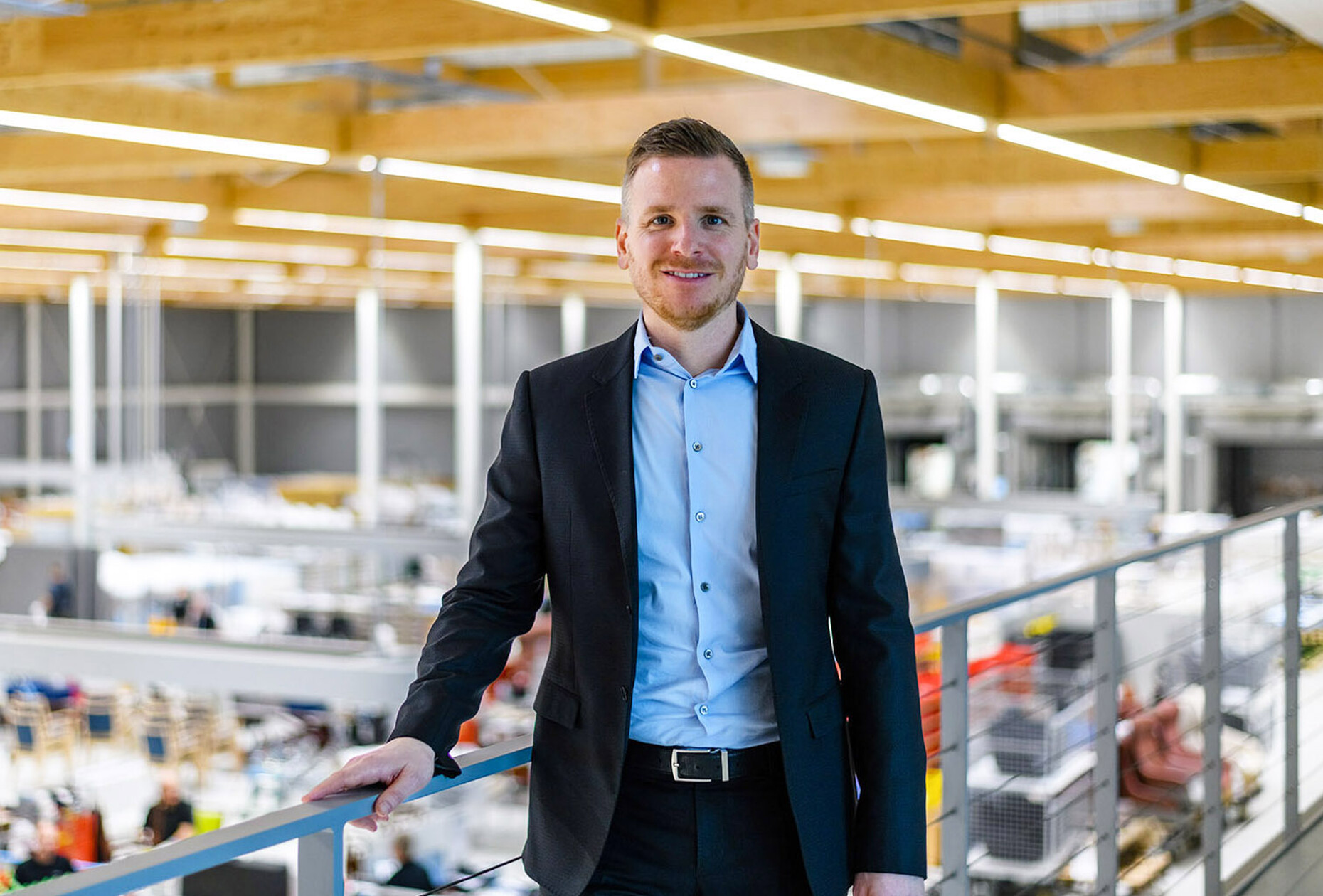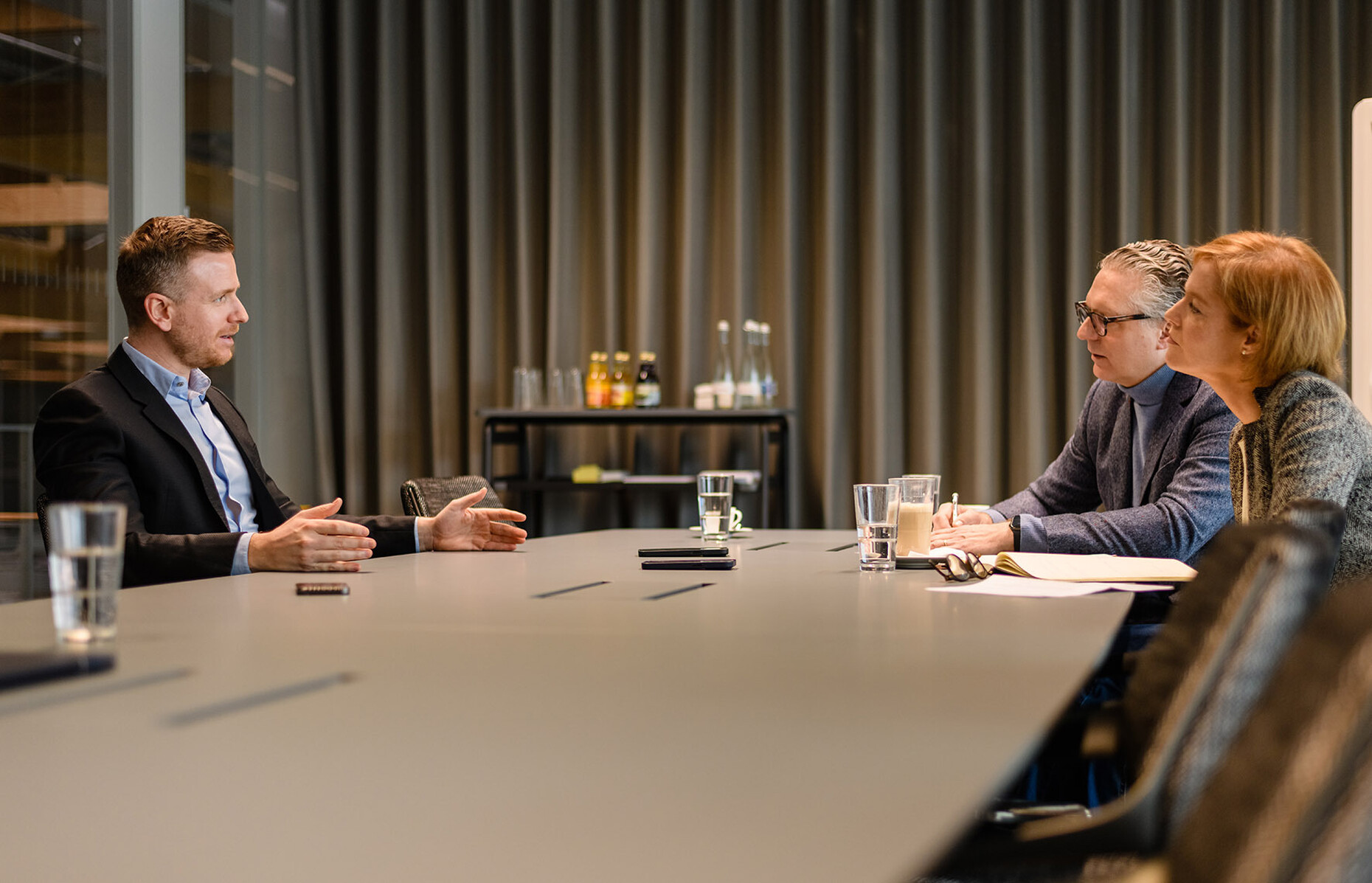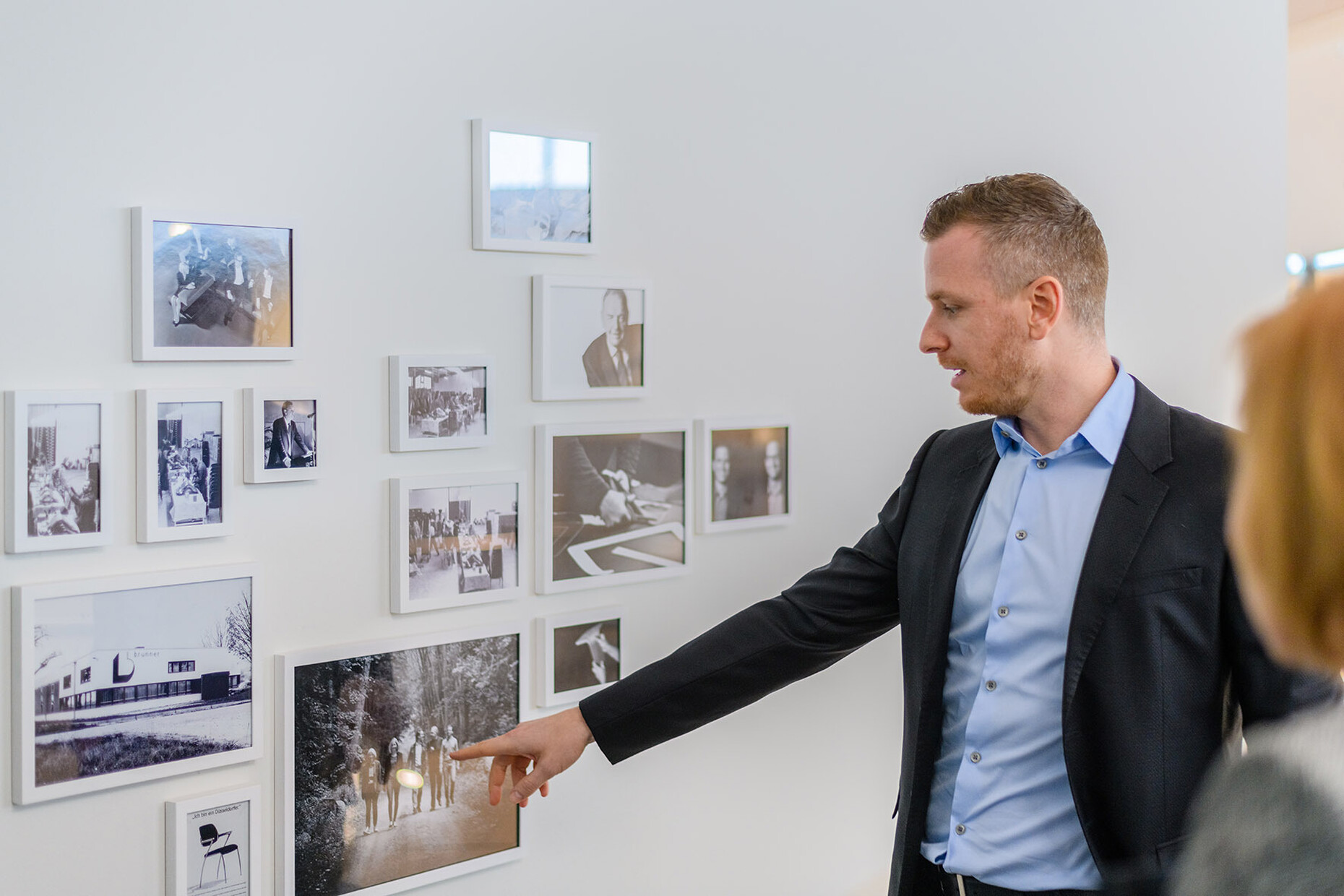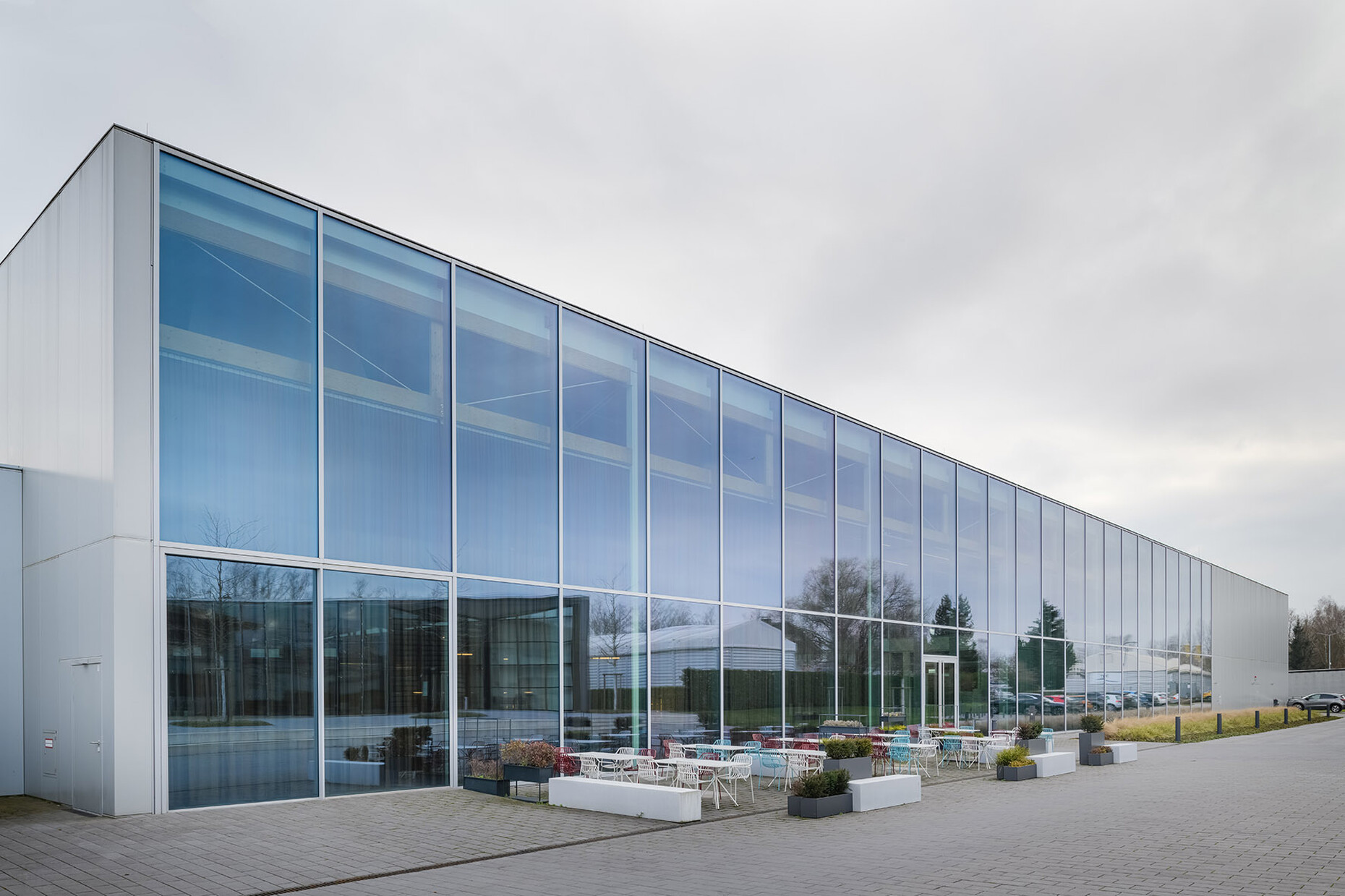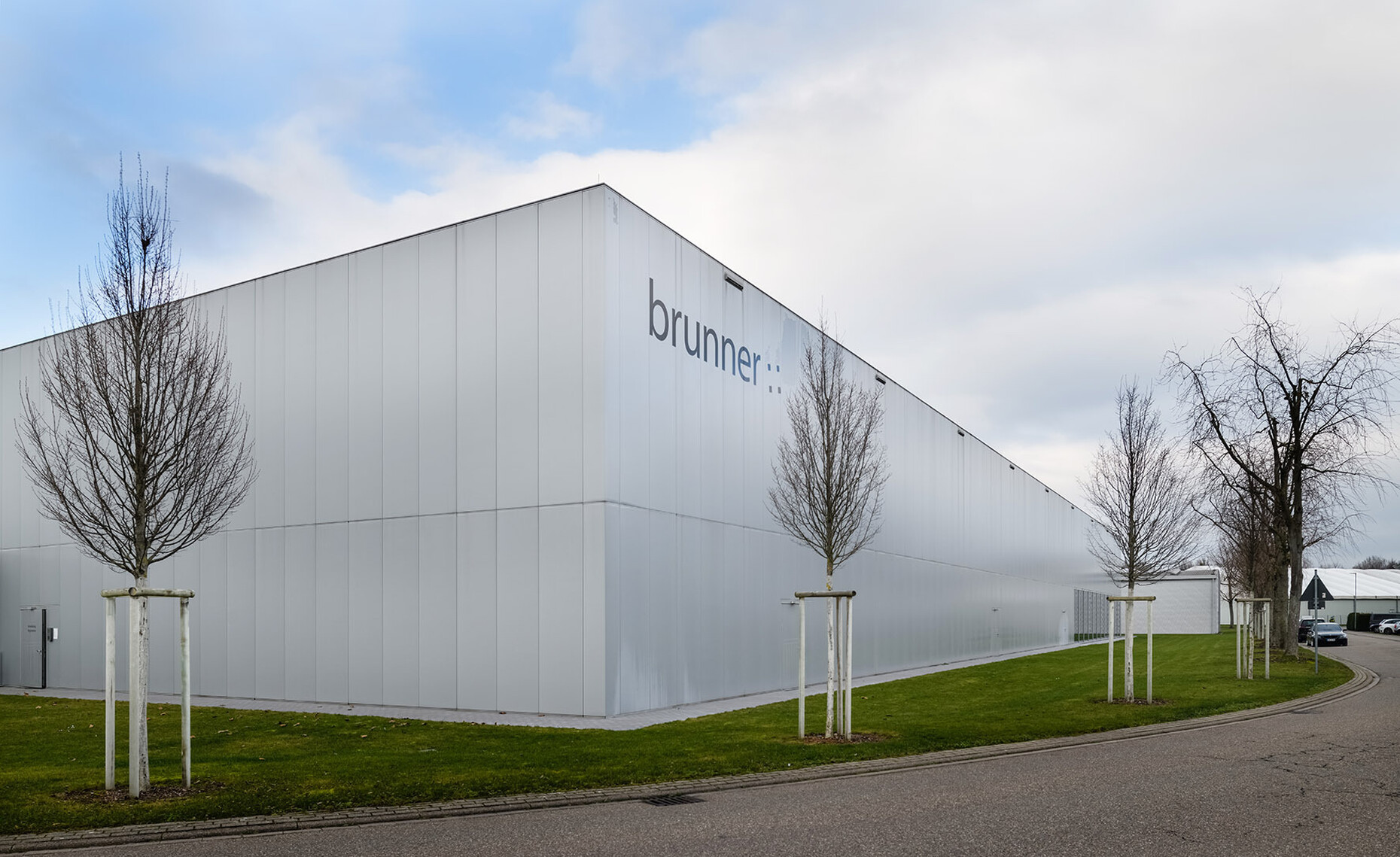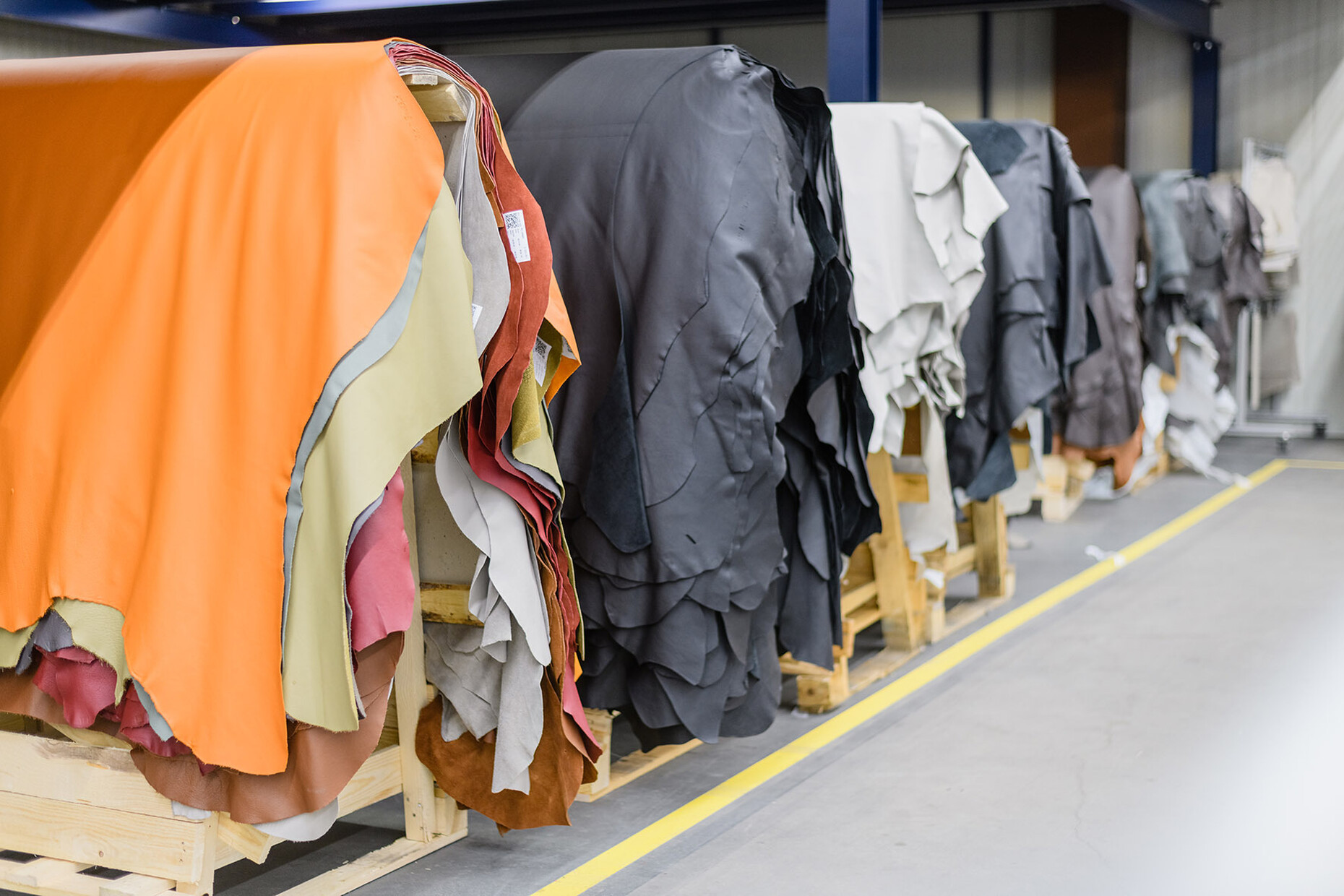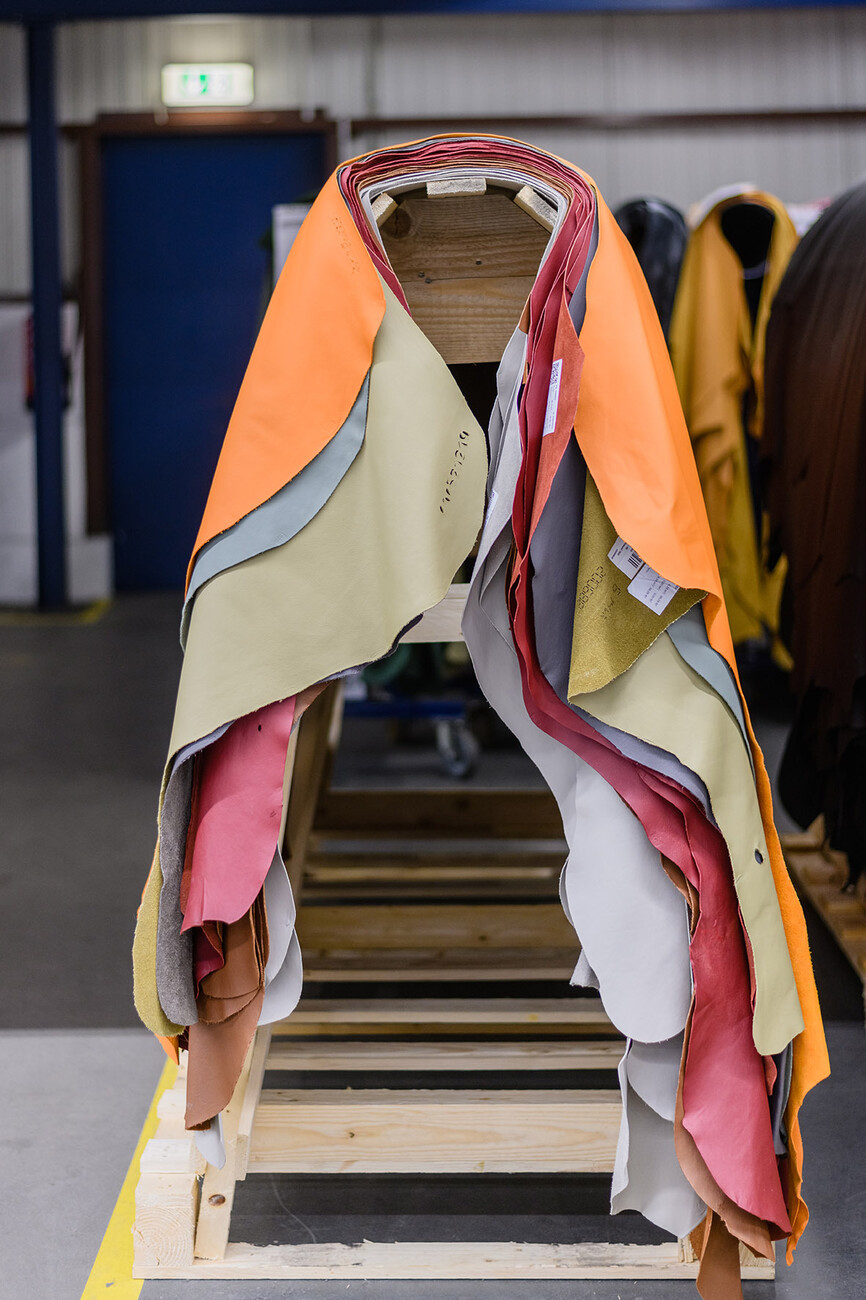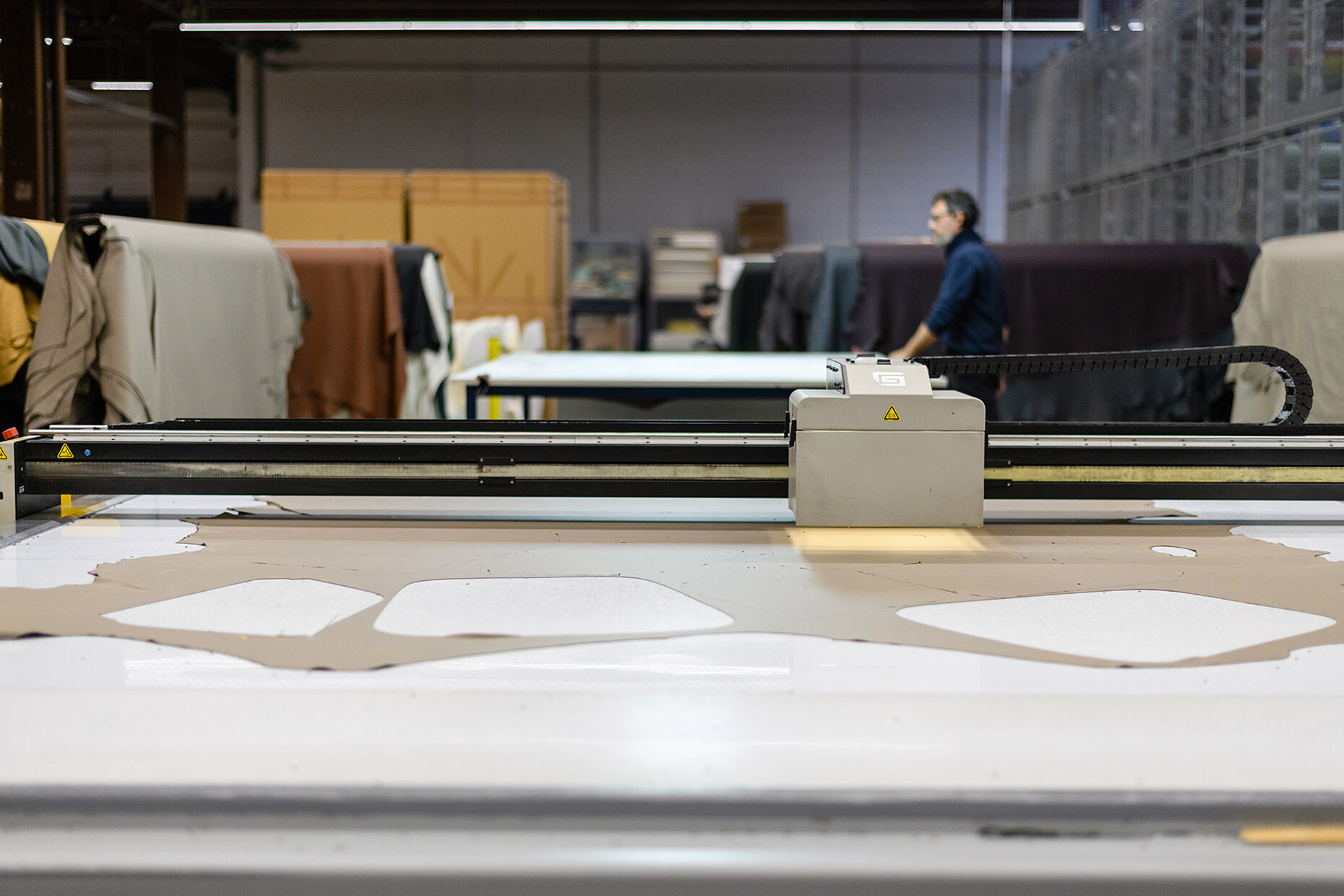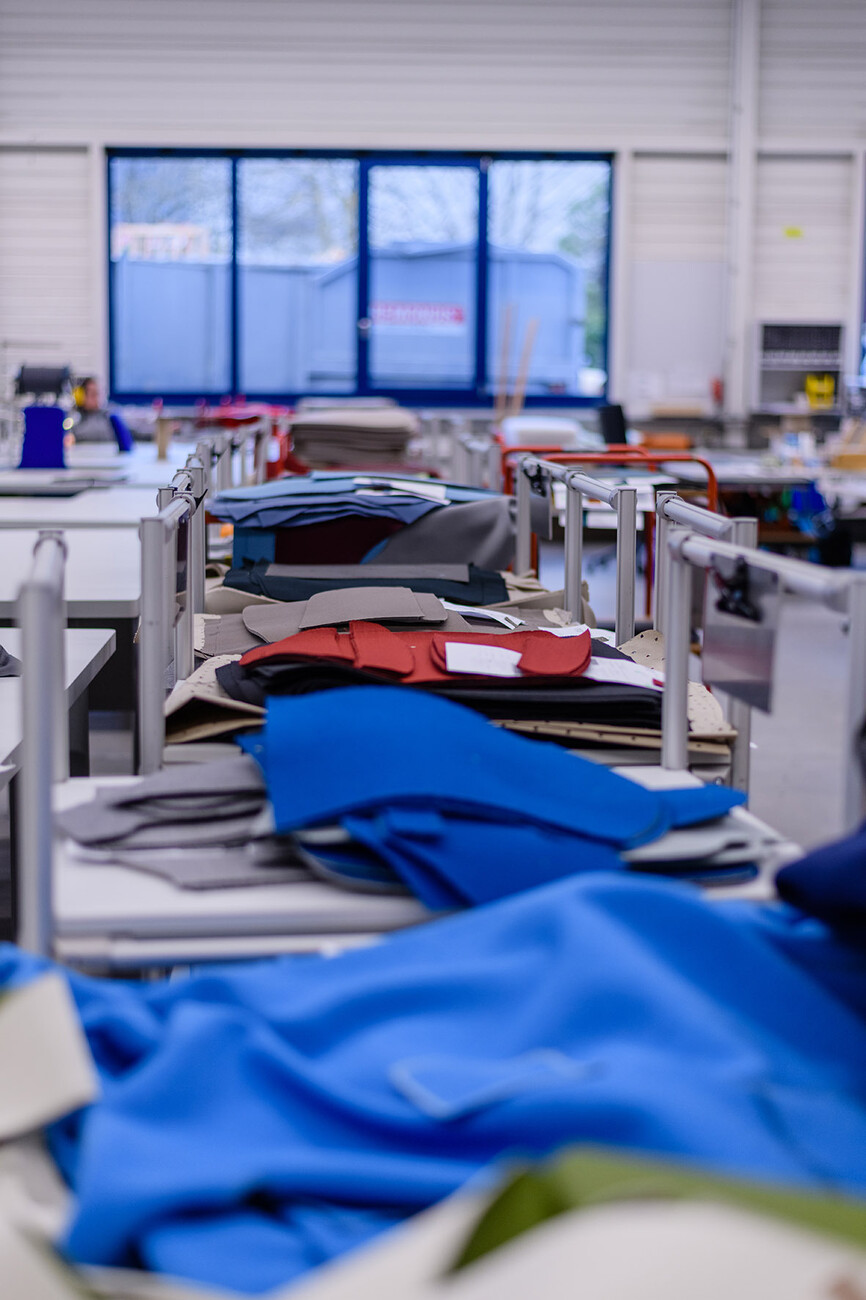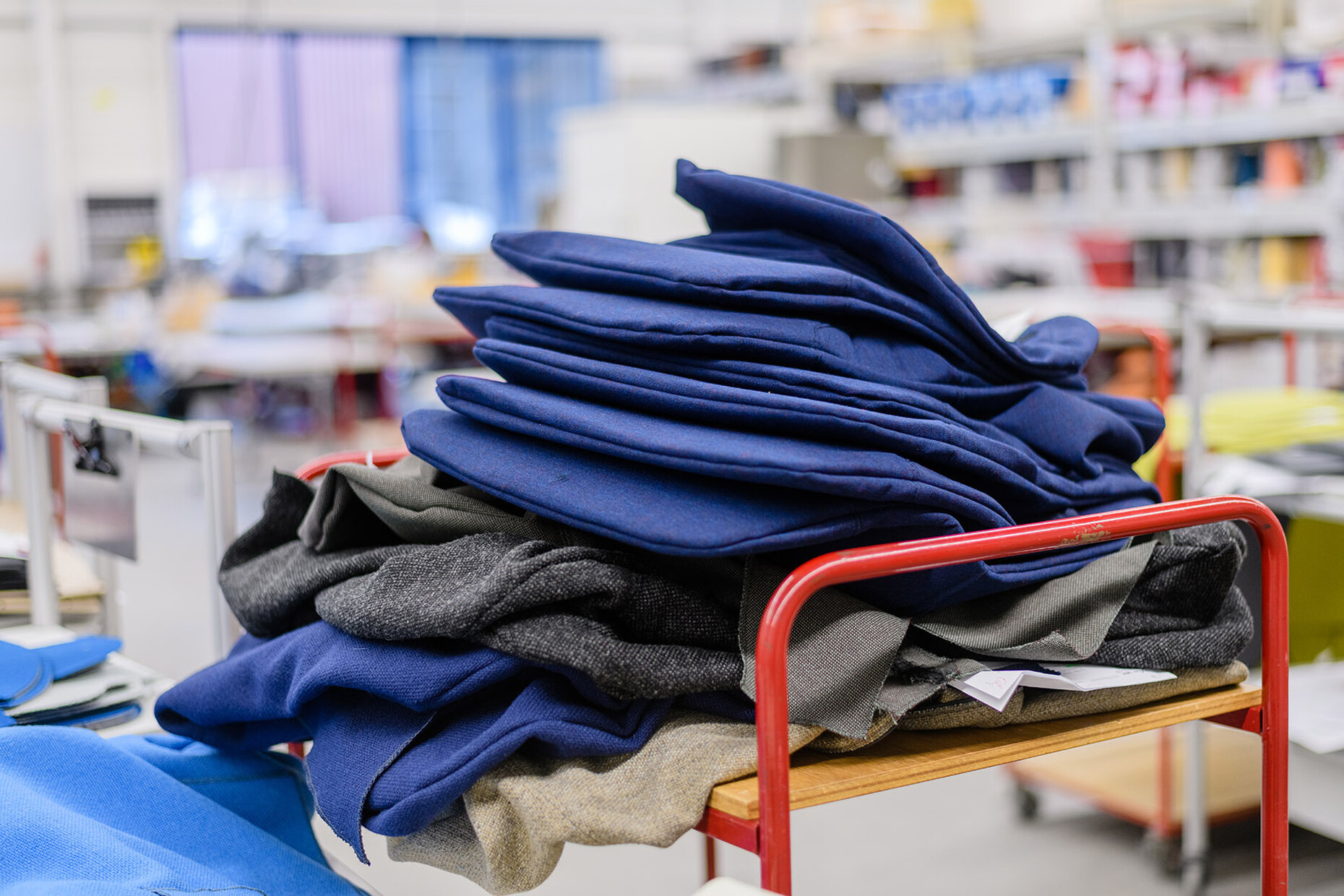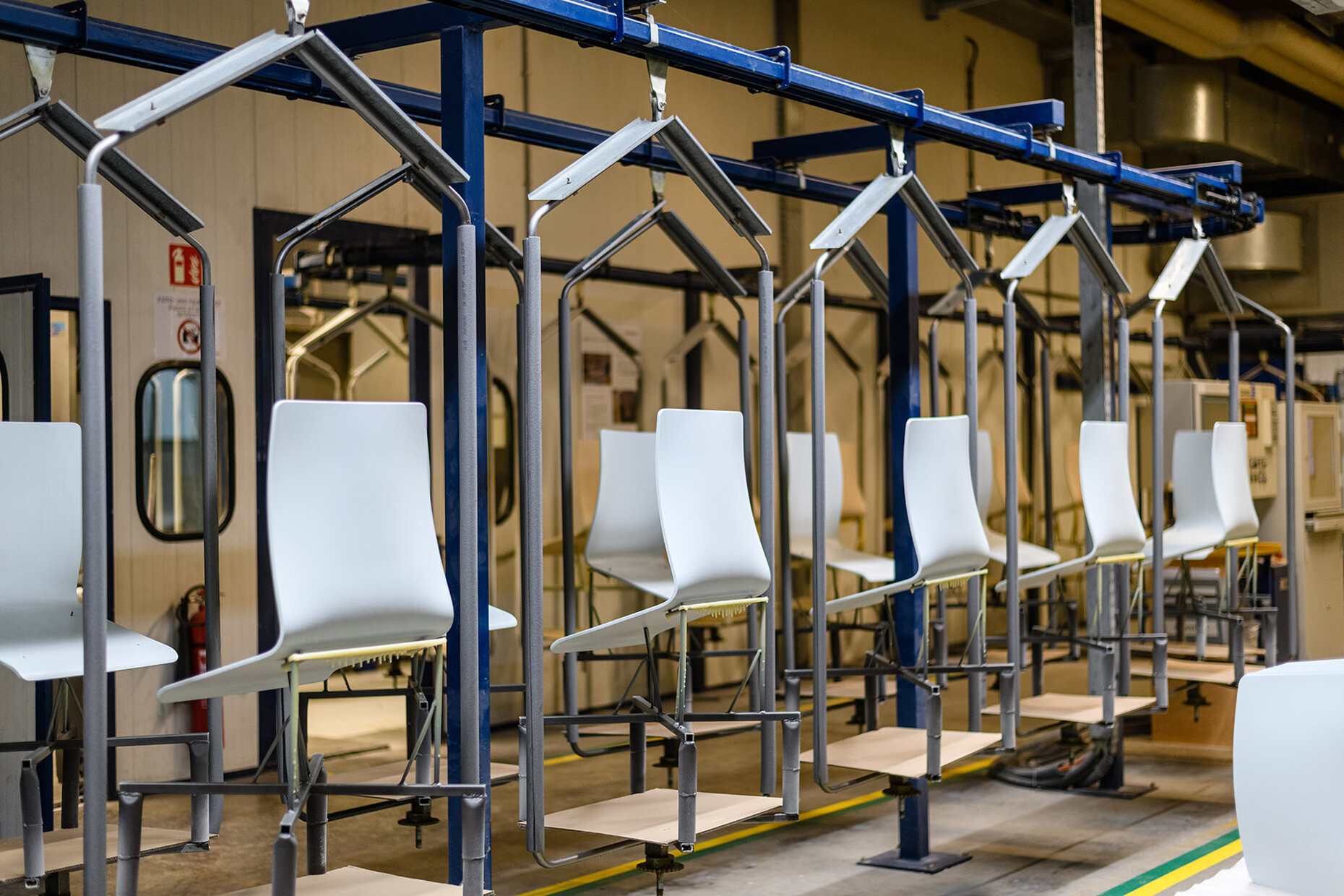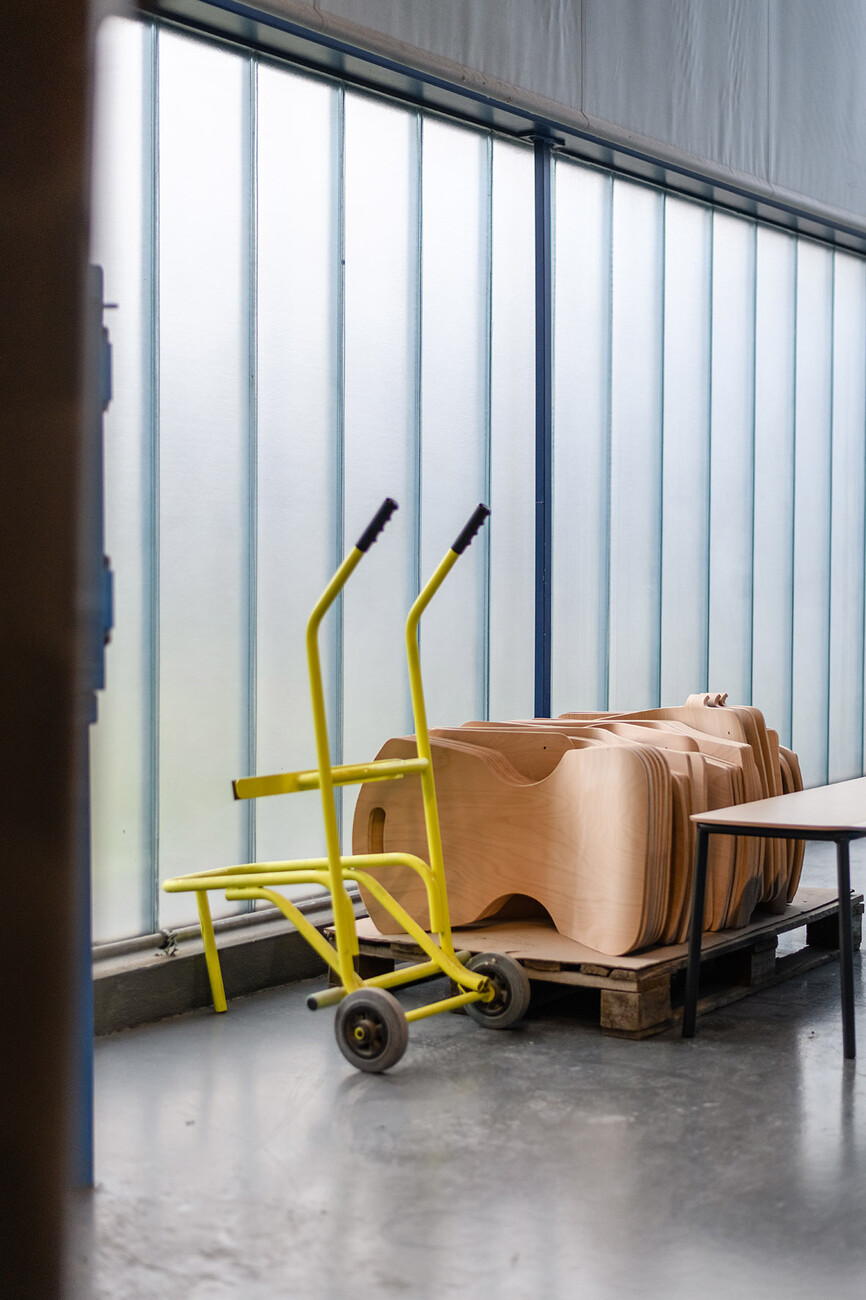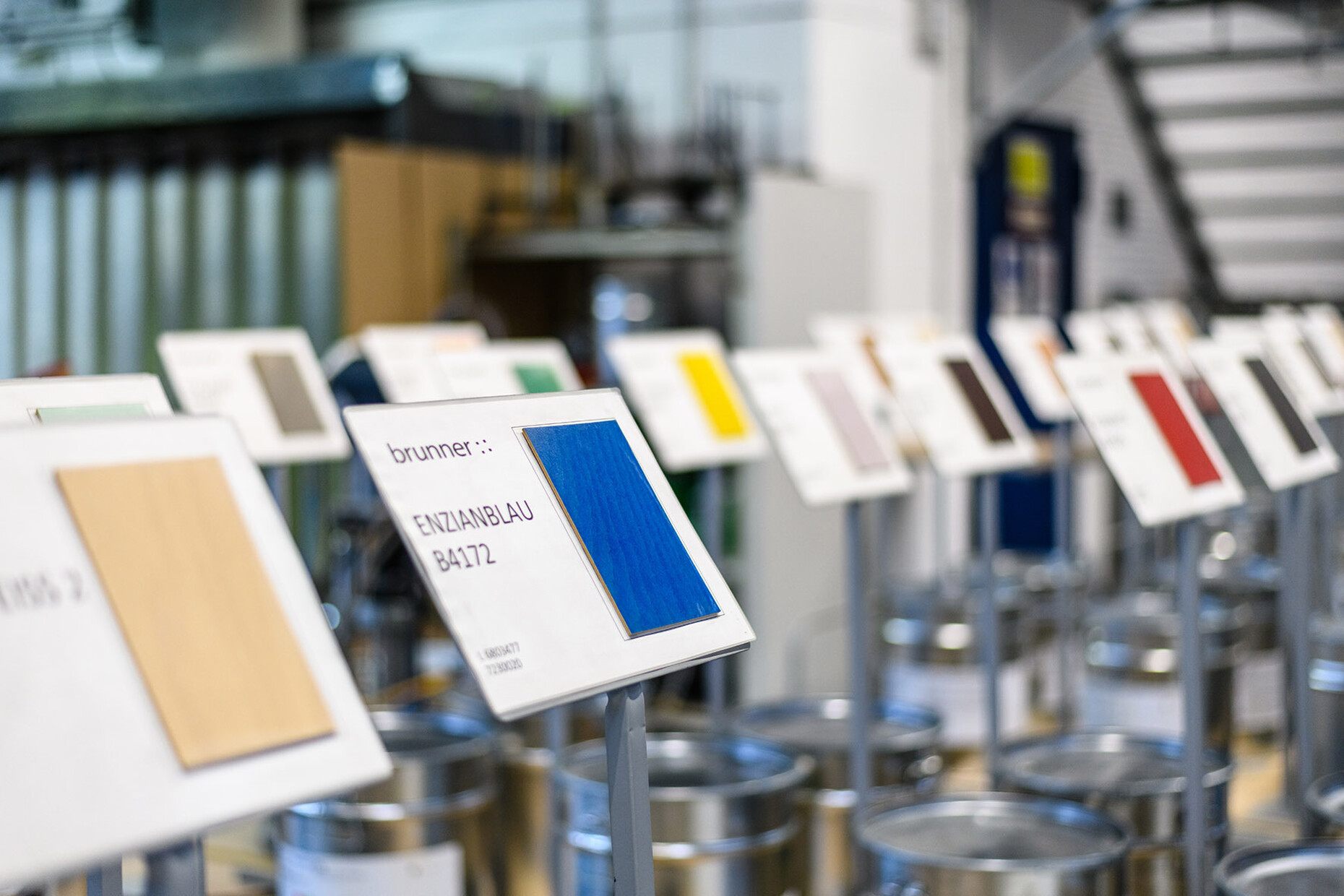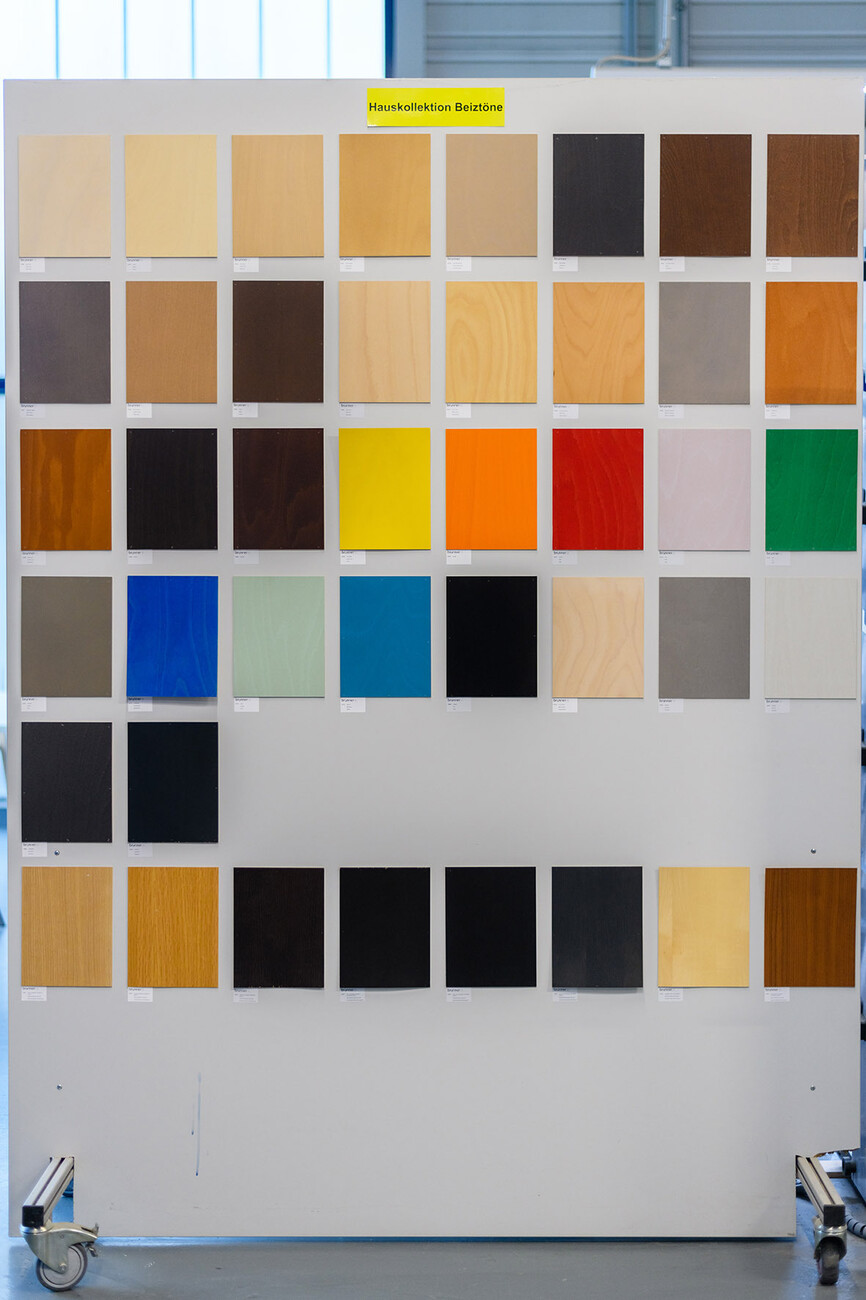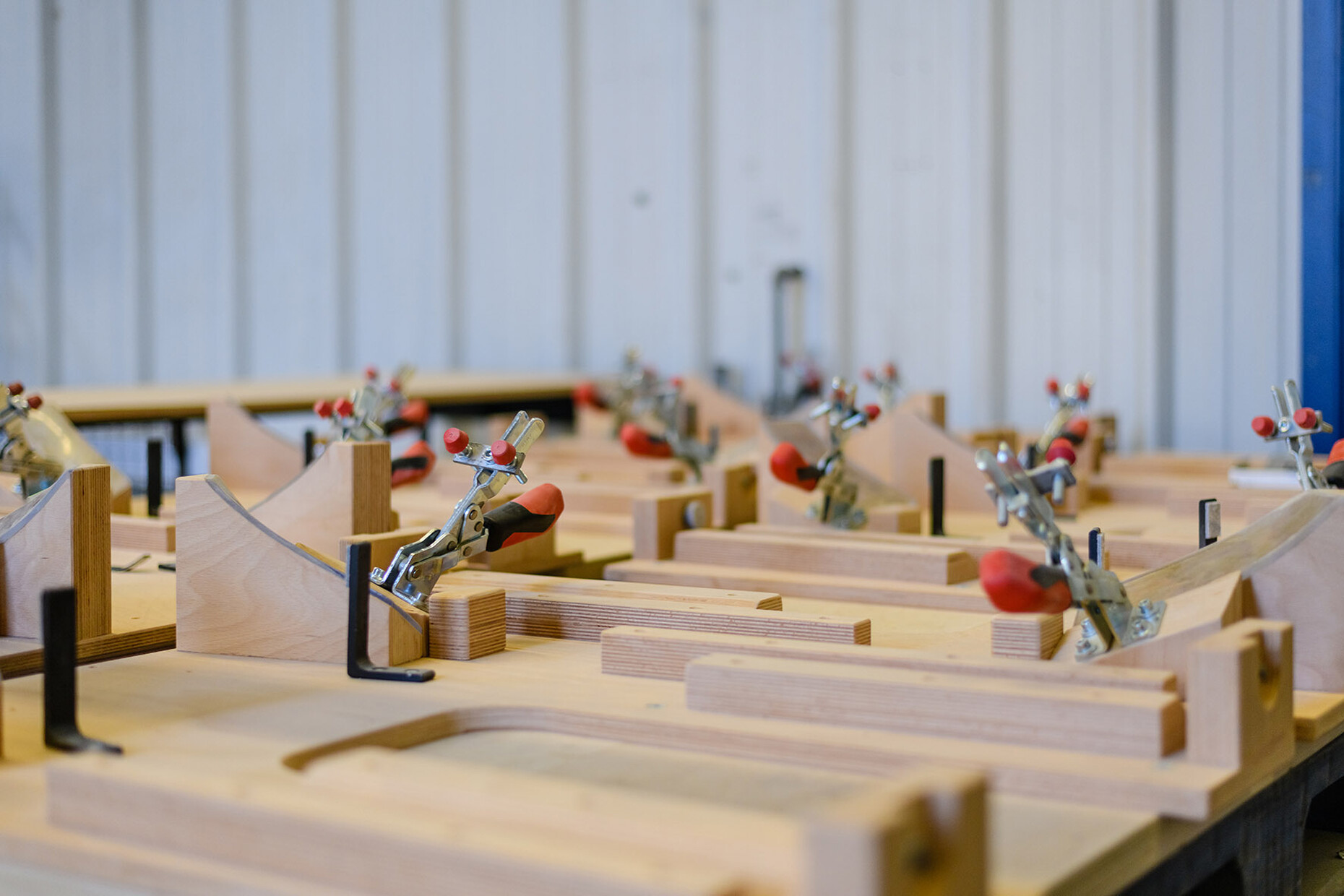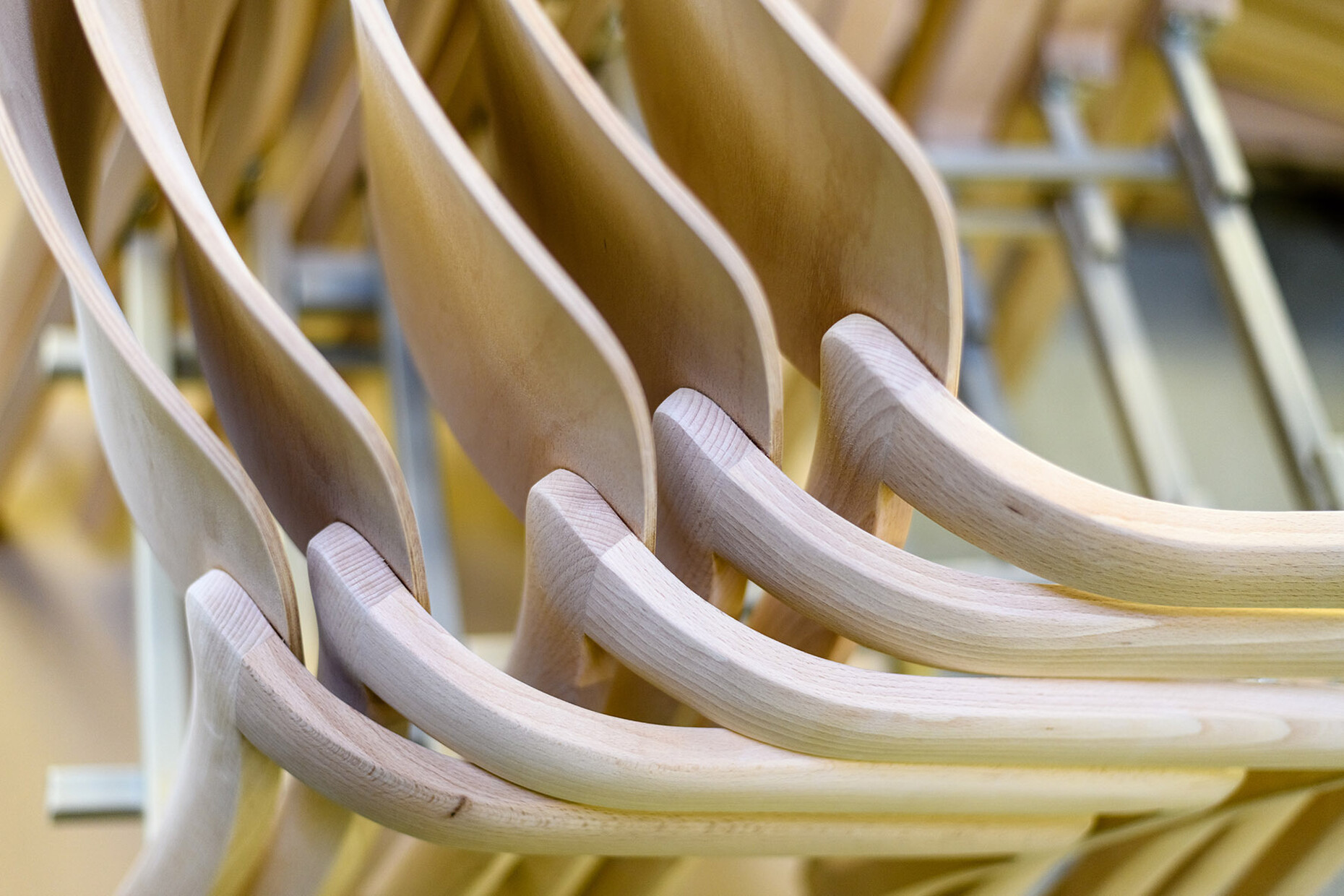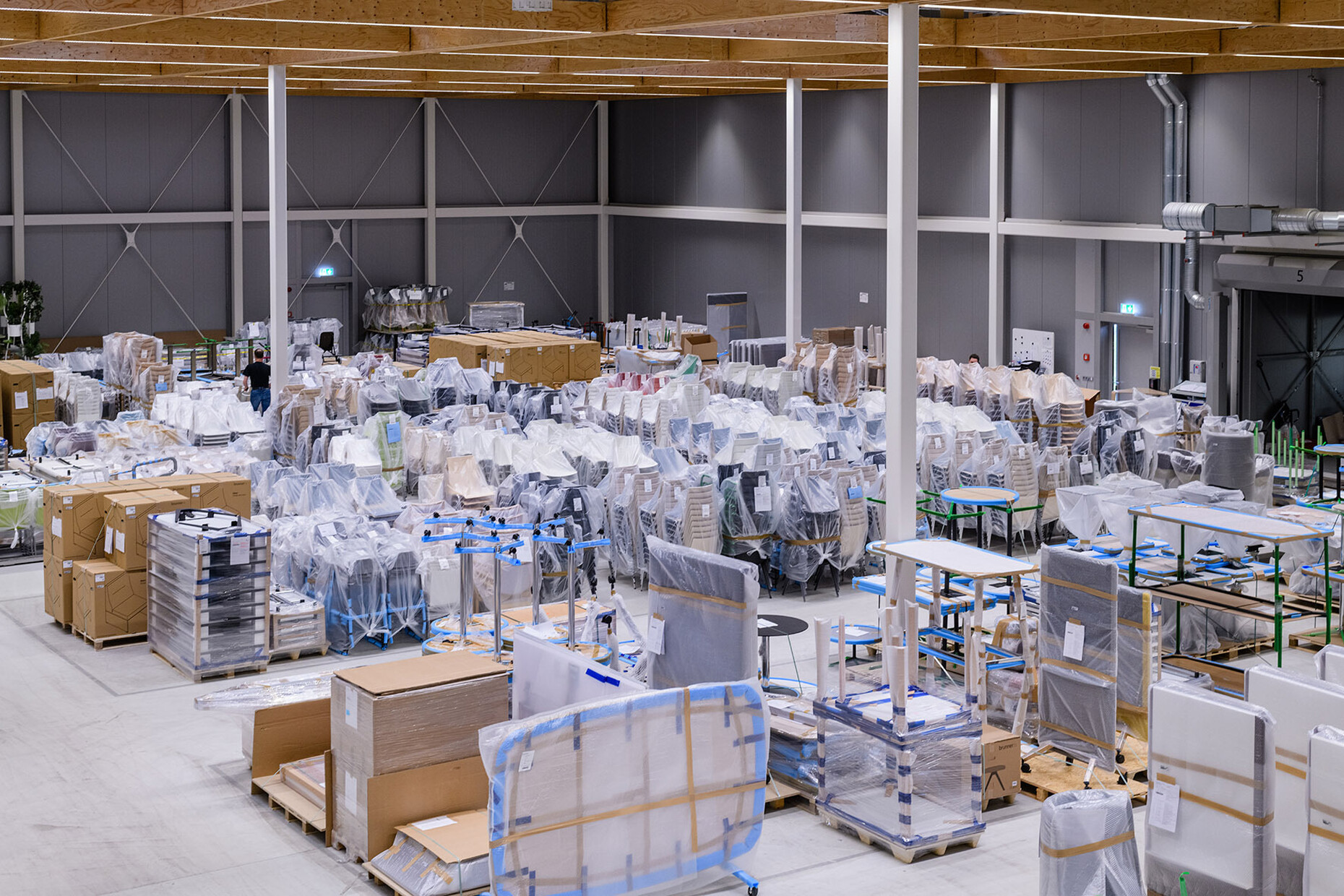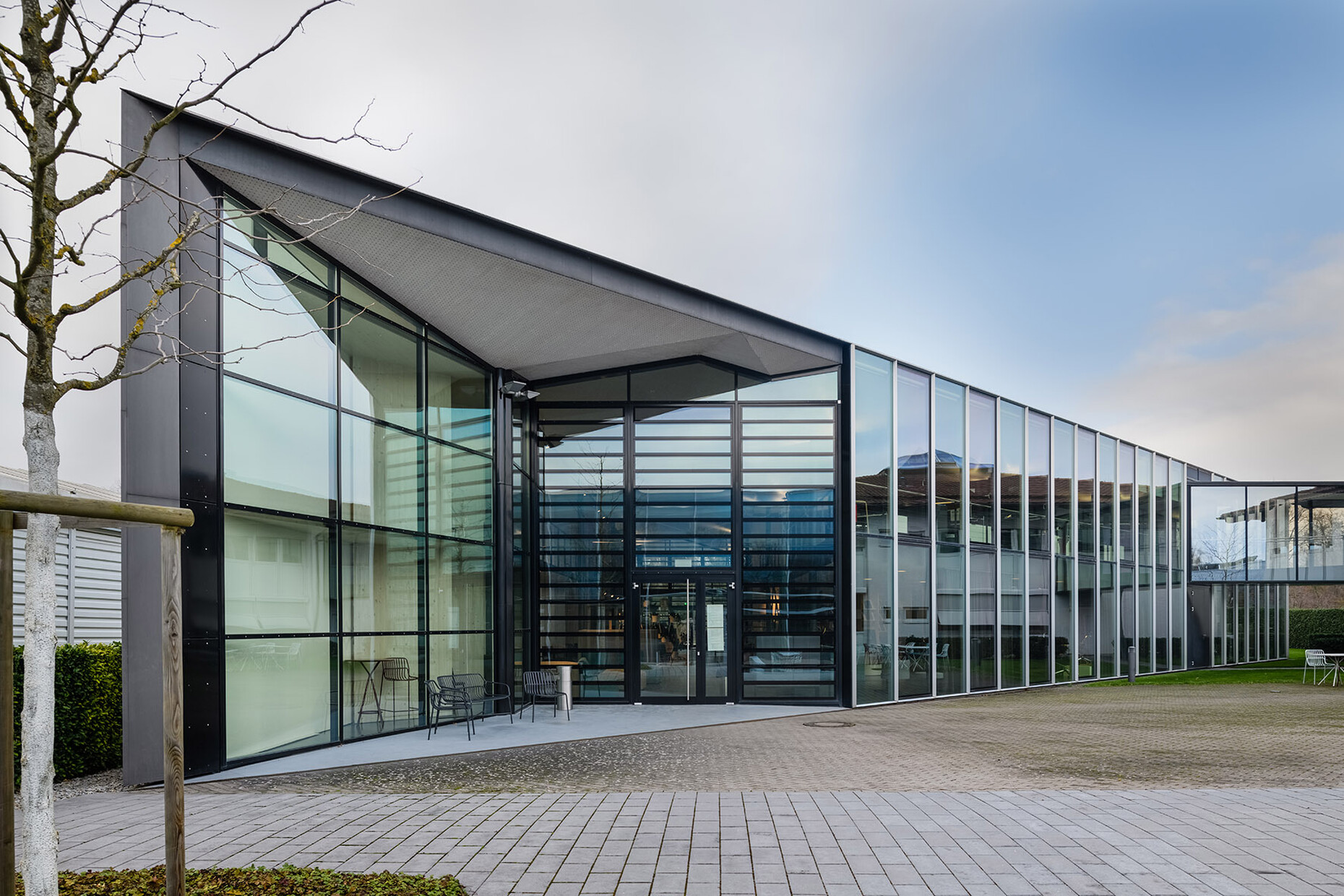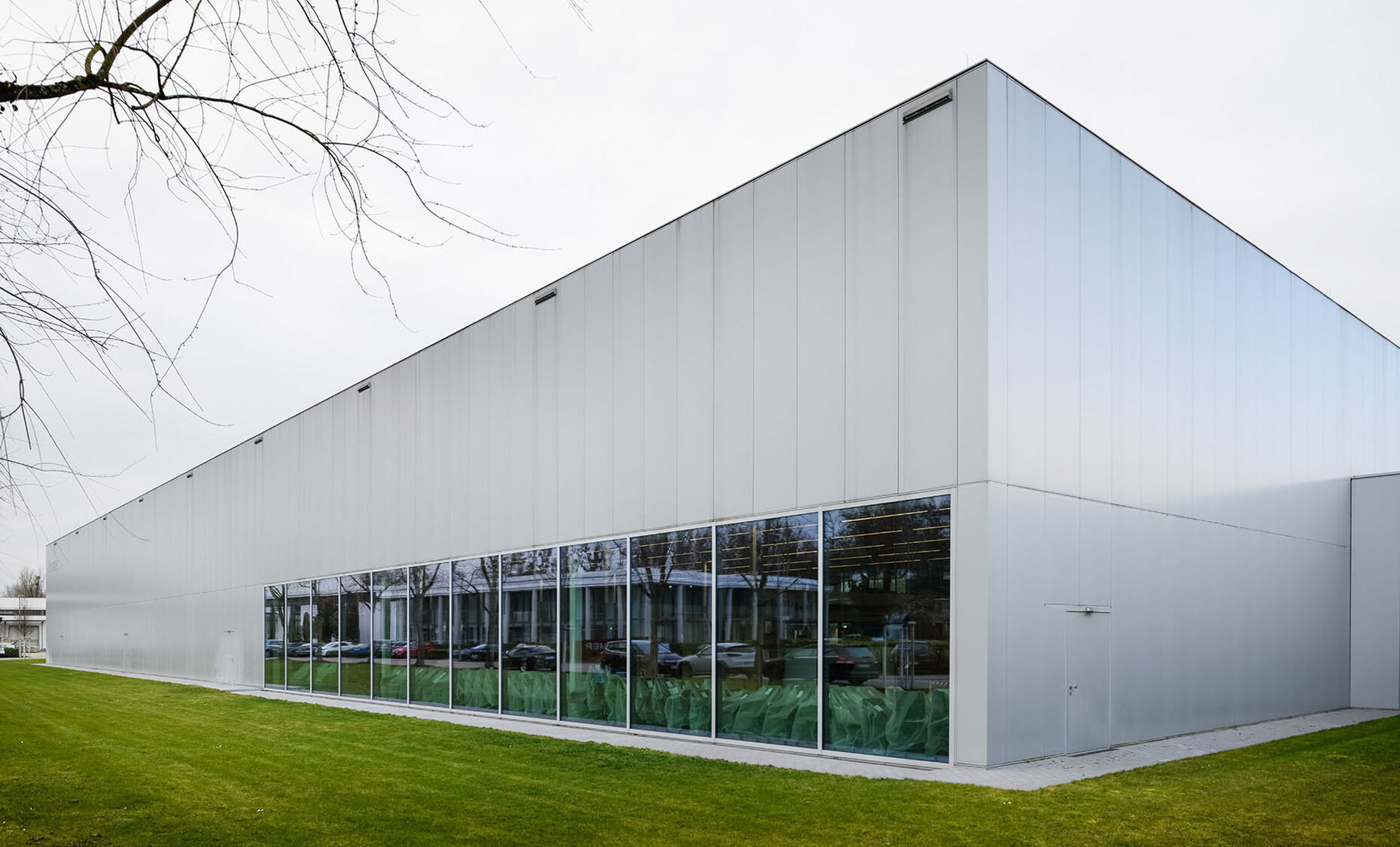Thoughtfully bold
Back in 1977, Rolf and Helena Brunner started with an order that their former employer described as “impossible” – and this marked the starting point of a success story that is still being written today by the second generation in the family. Today, the contract furniture manufacturer with seven locations in Germany and 18 showrooms worldwide guarantees a superb emphasis on service: “An essential part of our corporate philosophy is the focus on our customers,” says Managing Director Philip Brunner. These now include leading international corporations, among them Apple or Google, which require a wide range of custom-made products. And they’ve come to the right place at Brunner, because instead of relying on classic solutions, the company is increasingly custom making products according to clients’ individual requirements. At the same time, the second generation of the family business sees its value proposition as working with industrial designers to develop Brunner into a design brand – as in the form of the all-round chair “mudra”, which was created in collaboration with Diez Office, the flexible lounge system “oval”, developed by jehs+laub, or “foild”, a light, variable room divider masterminded by architecture and design studio atelier oï – the prototypes were recently presented at the Milan Design Week. “The design follows functionality; it’s all about reducing things down to the essentials,” says Philip Brunner.
Agile processes
Creating clear structures and bundling competences to generate new synergies is a recipe for success that is also evident at the Brunner Innovation Factory in Rheinau, the company headquarters. Henn Architekten designed the building, which provides sufficient space for production, development, and research workshops as well as shipping, offices, and showrooms. Meanwhile, responsibilities within the family have also been divided among different sections, so that each person is responsible for their own specific area. Coordination and consultation are thus swift meaning the Brunner team can act quickly at all times – “the big won’t eat the small, but the fast will eat the slow” is the guiding principle for the family. Accordingly, all processes are agile, an advantage that has helped drive the company’s strong growth over the past ten years. Orientation for the work of the future is available in the form of “Brunner Future Works”, hypotheses based on the question of which tasks people will still be performing in the office of tomorrow. This is followed by an analysis of which forms of communication and room typologies are needed for the new requirements and how the contract furniture manufacturer can best support these trends by providing furniture items as the requisite tools. To ensure that these can be flexibly adapted to any need, the modularity of the designs plays a major role – as in the case of “banc” by the designer duo jehs+laub, whose basis is a bench that can be extended as required with fully upholstered backrests in three heights. Or with the “boards” product family by osko+deichmann, an agile easel system with very lightweight whiteboards that are usable on both sides. Brunner’s love of experimentation can also be seen in the smart solutions: “We are always open to new forms of design that are not typical of our range, as is evident in the free-standing ‘Para Vert’ room divider from the Ippolito Fleitz Group, which can incorporate plants,” says Philip Brunner.
Showing spine
In the area of sustainability, too, the company positions itself progressively, reviewing every process for its benefits and relying on local suppliers and high-quality materials that guarantee the longest possible useful life of the products. The “nate” benches, tables, chairs, and stools series, designed by Steffen Kehrle, for example, is made of shaped and solid wood, while the frame is made of recycled plastic. The structure is thus stable, robust, while featuring a low dead weight. Likewise, the furniture is not glued, so it can be dismantled into separate materials and completely recycled. Provision of spare parts is also a matter of course for Brunner. The growing demand for sustainable products represents an opportunity for the company, as it is very familiar with it roots and methodologies. The team is optimistic about the future: Staying focused, approaching new projects with curiosity, and implementing them consistently are the fundamental tasks for continued success. “These are the ingredients we need in order to remain viable in a world that is changing an ever faster speed,” comments Philip Brunner.
